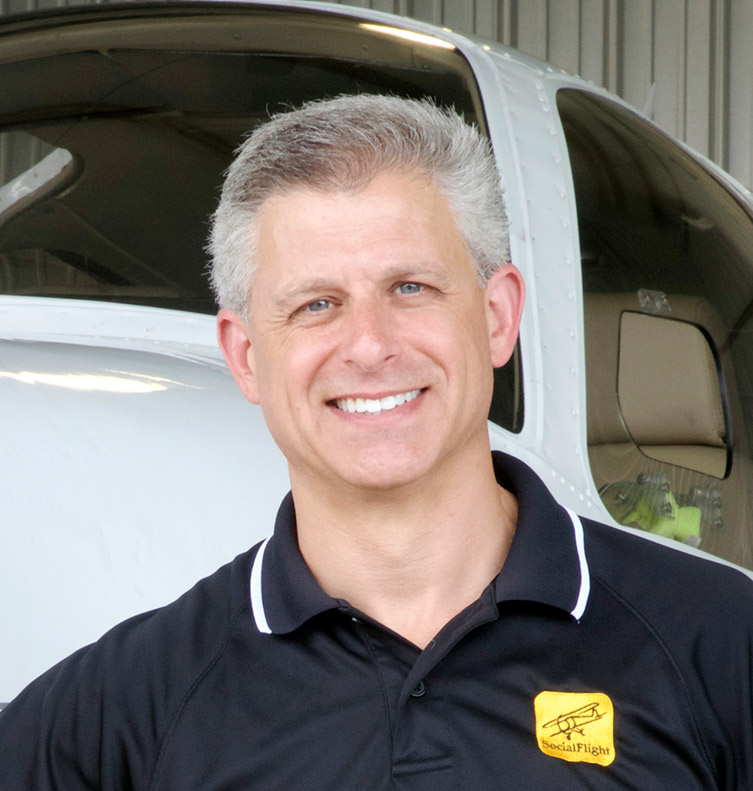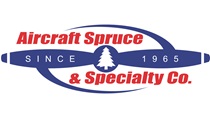Aircraft Maintenance: Preparing your aircraft for unleaded fuel
Like it or not, unleaded fuel is coming to general aviation. Now is the time to get your aircraft ready for a smooth transition.
The past year has been filled with news, chatter, and concerns about 100LL availability and the viability of its replacements. General Aviation Modifications Inc. (GAMI) announced that it has 1 million gallons of G100UL stockpiled and shipping to select airports for use by aircraft with a supplemental type certificate that applies to almost every GA piston airplane. Yet against this positive news, stories have been circulating of leaking tanks, gasket issues, stained or damaged paint, and warranty concerns from aircraft manufacturers. There has been a fair amount of finger pointing about the cause of these issues. Owners with leaking tanks tend to blame the new fuel, while GAMI says that its investigations into those cases show preexisting problems. The truth, as is often the case, is that both sides are correct.
Aromatics are a type of hydrocarbon containing at least one benzene ring (C6H6). The aromatics in fuels include benzene, toluene, and xylene. They increase the fuel’s octane rating and improve combustion. However, aromatic compounds also interact with elastomer (rubber) materials, causing them to swell. In some cases, this is advantageous because the swollen seals do a better job preventing leakage. In other cases, the aromatics can contribute to the breakdown of rubber components, adhesives, and sealants. This is particularly troublesome when the component in question is marginal to begin with. Old rubber hoses develop small cracks internally and are at risk of internal delamination as they age. The sealant used in wet-wing fuel tanks becomes brittle over time and can develop tiny pinholes or cracks where components naturally flex. Fuel bladders have stress points at the corners and fittings that can also deteriorate over time. Even the body of the fuel cells will begin to develop tiny cracks that will eventually leak because of exposure to aromatics. Keeping your tanks full helps reduce the wet-swelling and dry-cracking cycle.
The higher aromatic content of high-octane unleaded fuels makes them more aggressive than 100LL, exacerbating any fuel system imperfections. That said, it’s important to point out that the new fuels are not the underlying problem, nor is this issue limited to the new unleaded fuels. Avgas itself has evolved over time. The 100LL you pump into your tanks today has a higher aromatic content than the fuels used back when most of the GA fleet was built and, therefore, leads to a reduced service life for most rubber components, seals, and sealants. In fact, 100LL formulations sold in the United States today have aromatic levels varying by up to 10 percent. The new unleaded fuels simply move toward even higher aromatics.

So, with a universal conversion to unleaded avgas somewhere on the horizon, what can you do to prepare your aircraft? The best solution is to take a proactive approach and upgrade all fuel-facing components on your aircraft to be ready for the new fuels.
Fuel bladders are an excellent example of this approach. I met recently with Kurt Hartwig, president of Eagle Fuel Cells, to learn about how fuel cells (aka fuel bladders) have evolved over time. If you believe the phrase “they don’t make things like they used to,” fuel cells illustrate this perfectly. The fuel cells used in civilian aircraft introduced following the end of World War II, such as the Beechcraft Bonanza, were manufactured by the US Rubber Corp. to the same specifications designed to withstand the high aromatics used in very high-horsepower military aircraft. At the time, the small volume of the GA market did not justify developing a unique formulation of the rubber materials. As the GA market grew over time, both material composition and construction of the fuel tanks were changed to reduce cost. The new materials were less resilient, but still fine for the less aggressive GA fuels of the time. Unfortunately, as those GA fuels evolved, the new fuel cells were not updated, reducing their lifespan.
Hartwig is an expert in the history and design of fuel cells because he has been on a mission to get ahead of the curve. He did this, not just to get back to a more durable fuel cell design for existing 100LL formulations, but to prepare for future fuels that will inevitably contain higher aromatics. Beginning in 2010, Eagle Fuel Cells upgraded both the materials and design of its fuel cells. It changed the formulation of the rubber used in the cells and also implemented a true multi-ply design where tank forms are coated in a liquid rubber layer, followed by a rubber-coated fabric (sometimes referred to as three-ply fabric), followed by another coating of liquid rubber. All of this is then cured in an autoclave to produce the final tank, resulting in a truly seamless tank. Additionally, Eagle Fuel Cells eliminated the folded and glued corner designs used to reduce production cost and went back to a more resilient (but more labor intensive) multilayer design for corners, fittings, and high-stress areas. The result is a modern fuel cell that incorporates the strengths of military designs with modern materials designed to support the fuels of the future. The company also completely redesigned the gasket material after discovering that existing gasket materials do not hold up well to the new fuels.

Fuel cells are not the only example of new materials and designs that can prepare your aircraft for unleaded fuel. Hoses are another excellent example. Rubber hoses should be replaced every five years. They should also be inspected carefully for signs of failure as they age. However, as most fuel-related hose failures happen internally, inspection is simply not an effective method of identifying their deterioration. Teflon hoses, on the other hand, are considered “lifetime hoses” because they are not expected to fail internally as a result of time in service.
There are varying predictions about how long 100LL will remain available at most GA airports. But, no matter how hard we might wish the problem away, the end of 100LL is coming. Even if environmental concerns were to end, there is still a life limit on the supply chain for the tetraethyllead (TEL) used in 100LL. All of the TEL in all of the 100LL we consume comes from a single factory. More than one industry expert has told me that we are one plant accident away from disrupting the entire 100LL supply chain.
In this environment, it’s best to plan ahead. As with many maintenance-related topics, keeping your airplane safely in the air is the result of an incremental but strategic approach to proactive maintenance. If you have rubber fuel hoses coming up on their life limit, invest in Teflon hoses as replacements. If you have wet wings with small leaks, don’t do a localized repair if you can afford to invest in a complete scrape-and-reseal of the tank with brand-new sealant. And, if your fuel bladders are decades old, make a plan to proactively upgrade them. Hartwig reports that his company’s order backlog is already measured in weeks to months. I can only imagine what will happen to the supply chain for fuel cells, hoses, and tank reseal facilities when unleaded fuel usage becomes widespread.
The new fuels may not be the only problem, but they are likely to exacerbate all of the neglected maintenance throughout the GA fleet. Fuel cells can cost $2,000 or more per cell to replace, while Teflon hoses cost $50 to $100 per hose. Wet-wing sealant replacement is a time-intensive process that can cost thousands per wing. Because of this, I recommend an incremental approach, upgrading what you can each year to replace old components and get your aircraft ready for the new fuels. It’s no different than setting money aside for the inevitable engine overhaul. Investing now could potentially save you both money and a lot of downtime in the future. Until next time, I hope you and your families remain safe and healthy, and I wish you blue skies.



